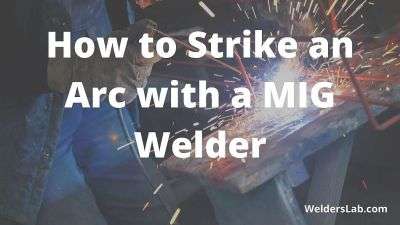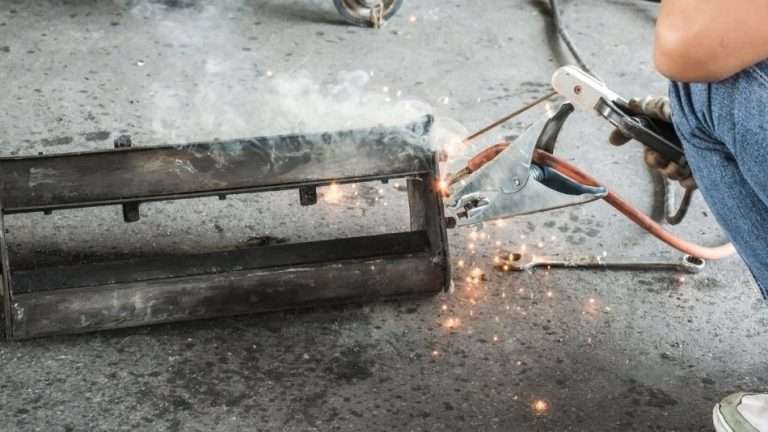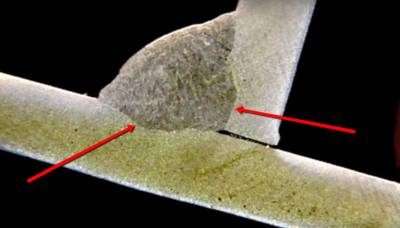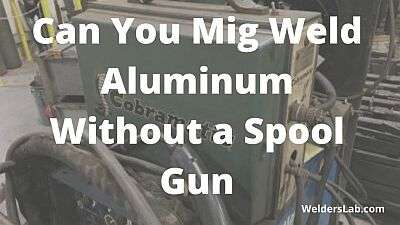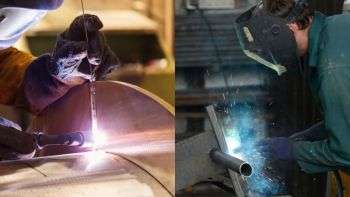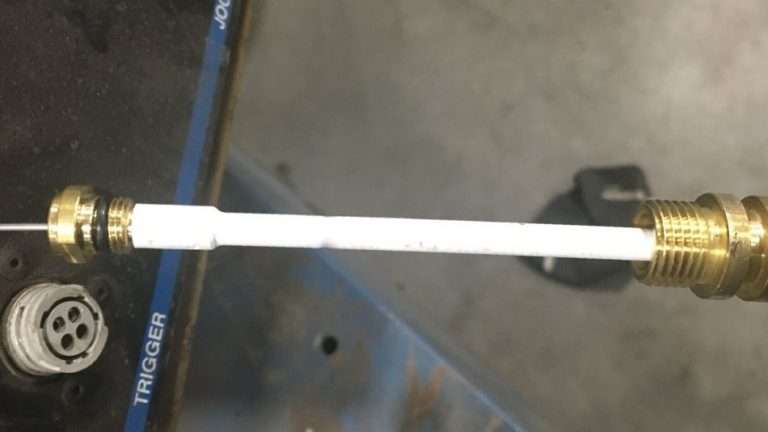How to Prevent Burn Through When Welding
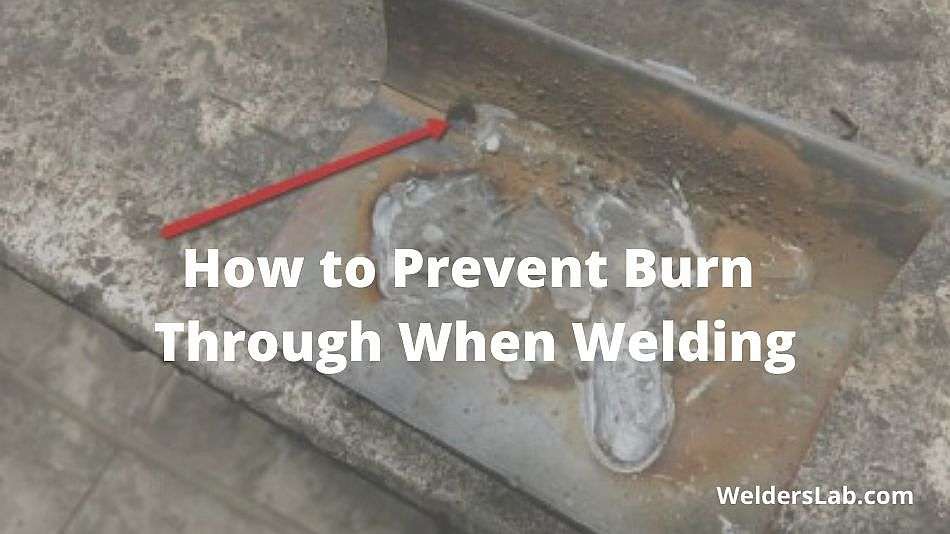
Growing up at a young age I lived in a small town and got to learn a lot of fun things like welding as a kid which my father taught me how to do. However, at that young age, I made a lot of mistakes in welding for those first times.
One of those incidents happened when I burned through a thin metal pipe with my welder and put a big hole in it. That was the moment I learned about something called burn-through.
How do you prevent burn-through when welding? Burn-through happens when your welder is set to a higher amperage which makes a hotter weld while at the same time welding a thin piece of metal causing it to blow through the metal creating a hole. To prevent this you need to turn down your amperage and make smaller welds to keep the base metal from getting too hot.
One of the most difficult things to learn is how to prevent burn-through when welding. This phenomenon can utterly destroy your welding project. It will ruin your metal, weaken your joint, and require you to restart your project from the beginning.
Learning how to prevent burn-through is an important skill. Even the most experienced welders can’t manage this when the metal is thin or under other difficult circumstances.
That’s why this article will go beyond teaching you about burn-through prevention. If you do inevitably end up with a little bit of burn or melt-through, then this article can help you learn about a few different ways to try to recover the welding project without having to scrap it and start all over again.
What is burn through and why does it happen?
Burn-through, also known as melt-through, happens when welding causes a hole in the metal.
This usually happens in the root pass. This burn-through problem happens when the weld metal penetrates through the base metal, which is the cause of the hole.
What causes burn-through in welding?
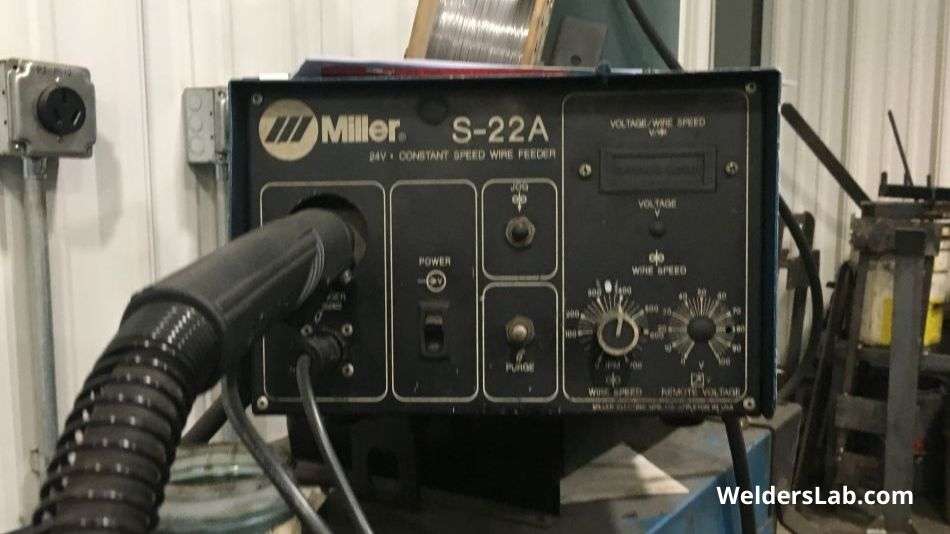
One of the things that cause burn-through is when someone sets their machine poorly.
If you don’t follow the recommended settings, you can easily end up burning through the base metal thanks to amperage that exceeds the right amount. Another thing that causes burn-through is when you’ve got too much space (or a large gap) in the root of your joint.
Even the most experienced welders can sometimes burn through their base metal, though. When the metal is too thin, it causes this burn-through. When working with metals that are less than ¼ of an inch thick, you can frequently see burn-through.
Another thing that can cause the burn through is when too much heat is used. This is the primary reason for burn-through. Another thing that causes this is penetration.
Most people stress the importance of proper penetration, and techniques are designed specifically to increase penetration, but as they say, too much of a good thing is bad. When you have excessive penetration, you will burn through the metal instead of into it.
How to Prevent Burn Through When Welding
There are a few things that you can do to prevent burn-through when you start your welding projects.
Let’s take a look at some of the preventative measures now. One of the easiest is to use some form of clay heat sink when welding thinner metals.
It can be applied to the backside of the metal, pulling heat from the weld so you won’t end up with a hole.
What You Can Do to Prepare Your Metal Before You Start Welding
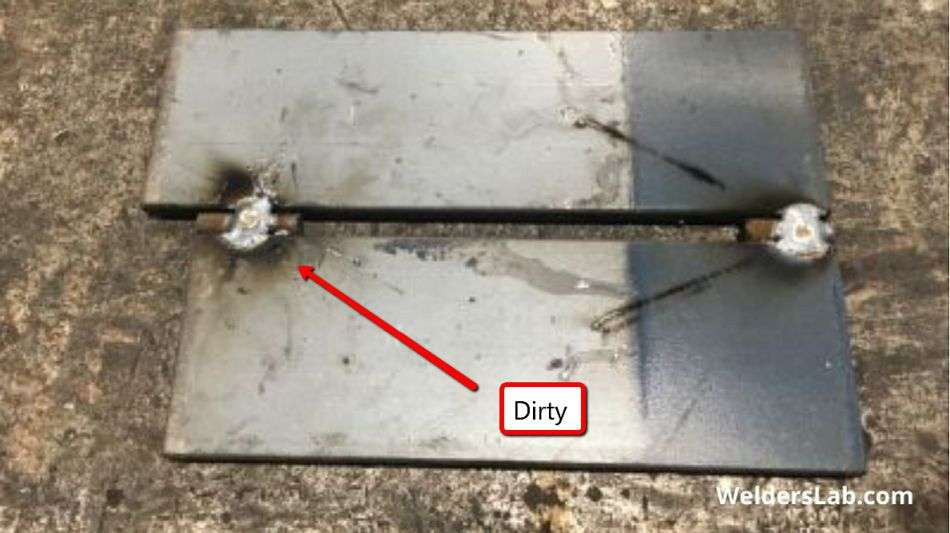
One of the best ways to avoid issues is to prepare your metal first. Clean metal is the best metal to work with.
The lack of impurities can help keep everything balanced properly, so you don’t end up burning through thanks to the contaminants.
Check the base metal for a coating. If there’s paint or coating, you need to get rid of that before you weld. A grinder can help you prepare the surface and get rid of any imperfections. Then, you will need to remove the rust and oxidation from the surface. Grinders and steel wool are great tools for removing rust.
After that, you will want to clean your entire metal. Make sure there is no dirt, dust, oxidation, oil, or any other contaminant that covers any part of your metal. Again, you can use grinders or angle grinders to help with this process.
If the metal has been poorly welded before, you will also need to grind down any of those. If you remove a bad weld, it will be better than trying to improve it. Starting fresh means you can create a clean weld instead of piling over bad ones and losing porousness.
Grinders can also clean the edges of your metal. You may need to bevel them to prepare them for the weld. The joint root pass gap may be too large. One way to prevent that issue from leading to burning through is to bevel your edges for a cleaner seam.
Avoid using lubricants on your metal. These are problematic, especially the petroleum ones because they will break down the welding process and allow hydrogen to seep into the joint.
You should also clean your joints. Degrease them using a solvent then wipe them down with a paper towel afterward. Cleaning the metal and your work surface can prevent impurities from leading to burn-through.
How to Set Your Welder to Prevent Burn Through
One of the main causes of burn-through due to improper settings is when the welding amperage is set too high.
Make sure that you are using a welding chart, and the specifications recommended specifically by your welding machine’s manufacturer, to prevent this from happening.
Below is a basic chart to help you out.
| Gauge Number | Fraction of an Inch | Amperage |
| 18 | 3/64″ = .047 | 47 |
| 16 | 1/16″ = .062 | 62 |
| 14 | 5/64″ = .078 | 78 |
| 12 | 1/10″ = .100 | 100 |
| 10 | 1/8″ = .125 | 125 |
| 8 | 5/32″ = .156 | 156 |
| 6 | 3/16″ = .187 | 187 |
Welding machines usually come with a chart in the user manual. If they don’t, the settings will be printed somewhere on the welder’s operations panel.
Following these guidelines will allow you to optimize your welder without the burn-through.
How to Stop a Weld from Burning Through – What You Can Do to Prevent Burn Through
There are a few different ways to prevent burn-through from happening. One of the ways is by monitoring the root opening.
This is a separation that happens at the joint of the root between the 2 pieces you are working on. These joints and cracks are often a source of burn-through.
Make sure that you don’t have too much of an opening at the root if you want to avoid burning through.
Welding Patterns You Should Use
If you want to avoid burn-through, there are some things you can do with your welding jobs.
Don’t whip your torch around. Avoid weaving it, too. This will prevent both burns through and warping. The metal gets hotter and hotter the longer it spends in contact with the arc. This means that you want to avoid resting.
Move in a straight line, and be sure to work as quickly as possible without sacrificing your beading to move quickly. Pushing, rather than dragging, also helps prevent burn-through.
Make sure that you’re consistent. If your heat is distributed unevenly, then you can burn through your metal and cause warping. Using skip welding can help with that, allowing you to stitch from the sides.
How to Fix Weld Burn Through – What You Can Do to Fix an Area with Burn Through
One of the things you can do to fix it if you end up with burn-through is to grind off the backside. If there’s any dross (little clingers and beads), grind them off. Next, clamp it down and find something to cover the hole. Weld it shut, and let the brass adhere to the hole.
You can also let it cool down a bit, then weld it shut and keep moving forward with the piece.
Copper, brass, and aluminum all work well as backing for this. When you’re making weld repairs to burn through, start on the outside edges of the hole and work your way in toward the center.
Use circular motions until you close the hole, then grind it flush.
Conclusion
As you can see, burn-through can be a very tricky problem for your welding projects, especially when using thin metals. Preparing and cleaning your metal before you begin can easily help prevent a lot of burns. Ensuring that your welder is set properly will also work well.

